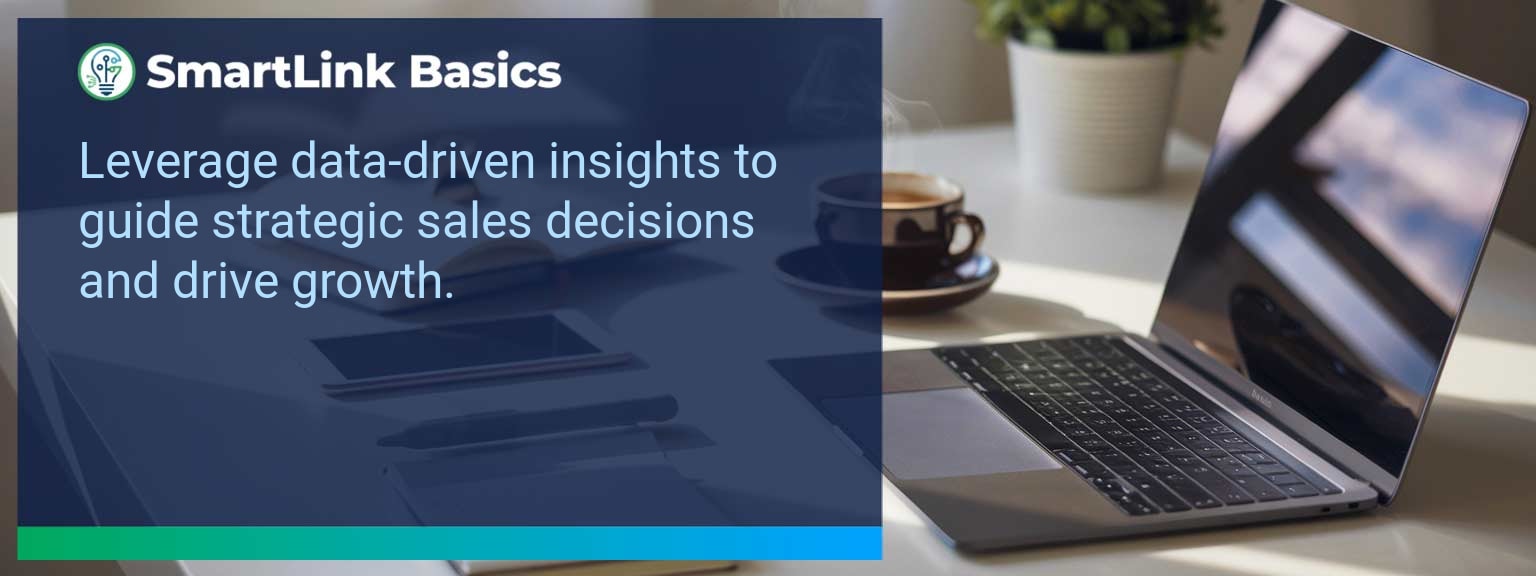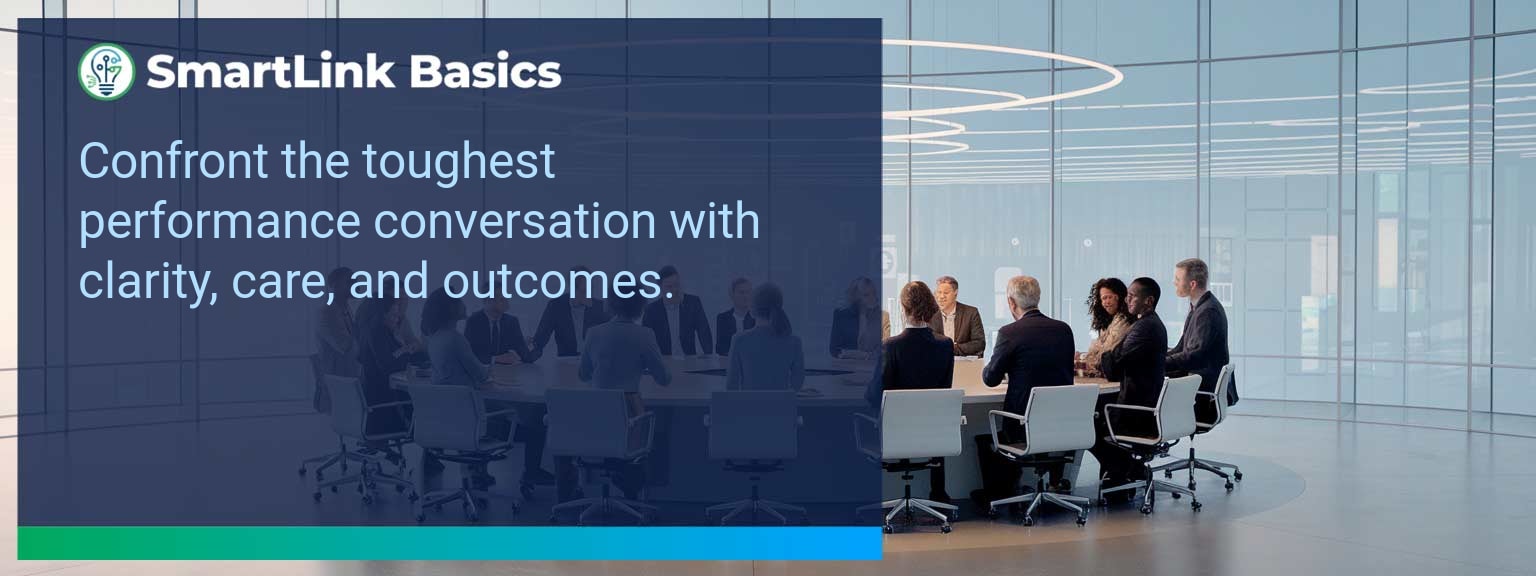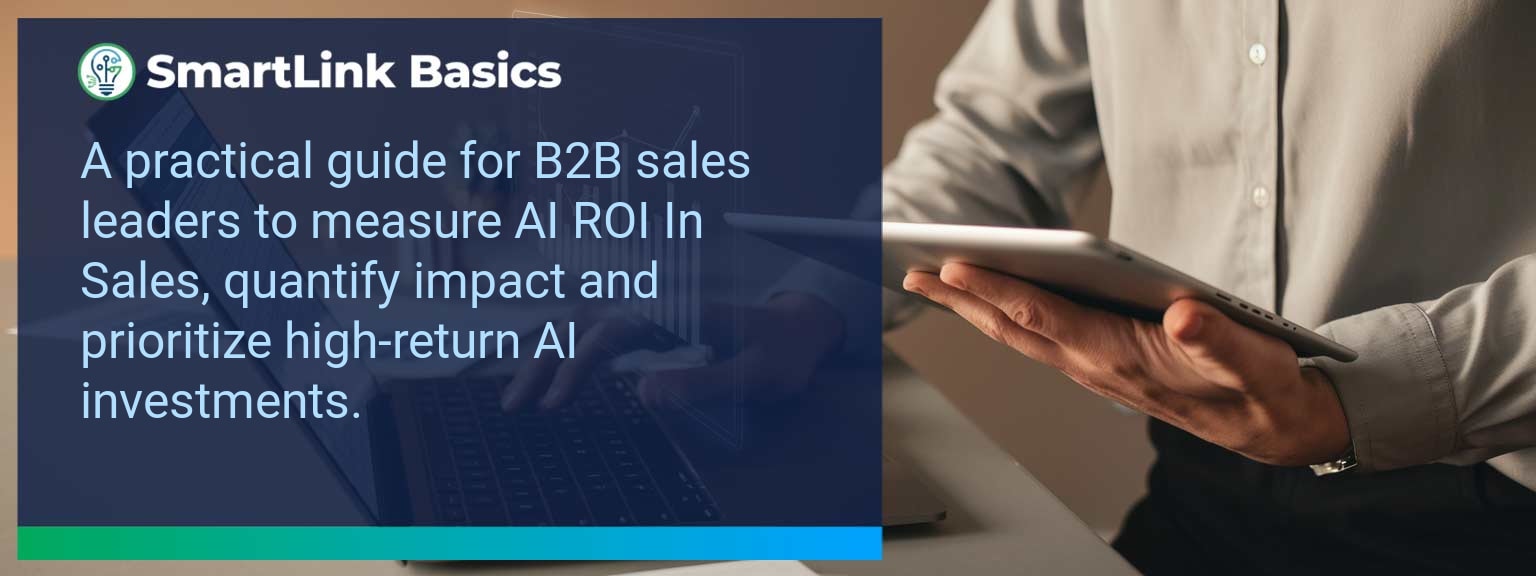Short-term quota-chasing no longer sustains B2B sales organizations. Studies show that teams aligned to a clear purpose outperform peers in engagement and retention. At SmartLink Basics, we consistently see that a Vision Driven Sales Culture becomes the catalyst for resilience, motivation, and long-term growth. This shift matters now because competitive cycles are shorter, talent churn is higher, and revenue pressure is relentless. In this article, you will learn the proven frameworks, strategies, and measurement tools to build a culture that drives alignment, accountability, and sustainable performance.
- Define and communicate a clear organizational vision to your sales force.
- Align team goals and incentive programs with that vision.
- Embed collaboration, accountability, and trust into daily operations.
- Invest in training that reinforces long-term thinking over quick wins.
- Measure progress with balanced, vision-driven metrics and adapt as needed.
What Changed And Why Vision Driven Sales Culture Matters Now
Traditional sales management focused heavily on quarterly quotas and immediate conversions. While effective for short-term revenue, it left teams disengaged and prone to burnout. By contrast, building a Vision Driven Sales Culture unites teams under a shared purpose and creates long-term resilience. When salespeople see how their work supports a larger organizational mission, the result is stronger motivation, higher engagement, and more sustainable performance. Companies like Salesforce and HubSpot exemplify how clear vision unlocks market leadership and cultural consistency.
Redesign The Revenue Operating System With Vision Driven Sales Culture
Shifting to a vision-driven model means more than inspiring speeches—it requires restructuring the revenue operating system. This redesign ensures strategy, operations, and culture move in sync with long-term objectives. Leaders should assess four areas: ideal customer profiles, pipeline structure, messaging, and cadence. Each decision needs to reinforce the company’s larger purpose instead of short-term transaction goals.
ICP, Segmentation, And Targeting
Defining the right customer profile starts with aligning values and vision. If a company prioritizes sustainable technology, its segmentation and targeting should reflect those principles. Leaders who integrate vision into ICP development ensure teams pursue not just revenue, but meaningful market growth.
Pipeline Architecture
A healthy pipeline must represent long-term growth potential, not just high-volume deals. Vision-driven pipeline design prioritizes strategic accounts where alignment supports both customer value and organizational vision. This approach helps teams focus on retention and partnership rather than quick wins.
Plays And Messaging
Sales plays and talk tracks should reinforce the company’s long-term direction. Messaging anchored in organizational vision fosters credibility and trust. Teams that communicate values consistently can differentiate more effectively and build authentic relationships with prospects.
Operating Cadence
Cadence meetings should track both numbers and alignment to vision. Leaders that ask, “How did we live the vision this week?” reinforce priorities beyond closing deals. Embedding this in weekly reviews strengthens accountability while keeping goals long-term.
Common Challenges In Sales Team Motivation
Sales teams often struggle with inconsistent motivation, especially when rewards favor quick wins over steady progress. Low engagement and misalignment create friction between leadership expectations and frontline behavior. Many leaders also face difficulties connecting day-to-day activity with broader business outcomes. These disconnects can derail growth and lead to costly turnover if unaddressed.
Building Strategies Around A Shared Vision
To overcome motivational gaps, leaders must embed the vision in every operational layer. Practical steps include tying incentives directly to vision-aligned outcomes, integrating team workshops that address alignment, and using collaboration tools that make progress toward vision measurable. By doing this, accountability transforms from a compliance measure into a shared responsibility.
Positive Outcomes Of A Vision Aligned Team
Teams consistently aligned to organizational vision show stronger employee engagement, reduced churn, and higher quality of client relationships. For example, a SaaS company that connected its incentive structure to long-term customer adoption saw lift in renewals and expansion revenue. Connecting roles to vision transforms sales performance from transactional to enduring success.
Measuring Success In A Vision Driven Sales Culture
Success depends on balancing leading, lagging, and quality metrics. Focus only on KPIs that indicate alignment to purpose and sustainable outcomes. These metrics clarify whether the shift to vision-driven operations is driving improved engagement, retention, and customer trust. The following table explores essential measures sales leaders can use.
| Category | Metric | Definition | Target |
|---|---|---|---|
| Leading | Vision-Linked Pipeline Ratio | % of pipeline opportunities that directly align with organizational vision | 70%+ |
| Leading | Engagement in Vision Training | % of sales team completing vision-centered workshops | 95%+ |
| Lagging | Customer Retention Rate | % of customers retained over 12 months | 90%+ |
| Lagging | Expansion Revenue | Revenue from upsell or cross-sell aligned accounts | +15% YoY |
| Quality | Alignment Score | Surveyed % of employees stating clarity on organizational vision | 80%+ |
| Quality | Communication Effectiveness | Average rating of leadership clarity in weekly reviews | 4.5/5 |
Get the 90-day plan, coaching rubric, and dashboard template to operationalize AI in your enablement program.
Sales Leaders Must Anchor Culture To Purpose
A Vision Driven Sales Culture ensures long-term sales success by aligning daily actions with organizational purpose. When leaders integrate vision into targeting, pipeline, incentive structures, and communication, they unlock engagement and performance. The next step is leveraging systems that combine human and AI capabilities for continuous alignment. Explore AI-driven sales enablement resources from SmartLink Basics to accelerate impact.









